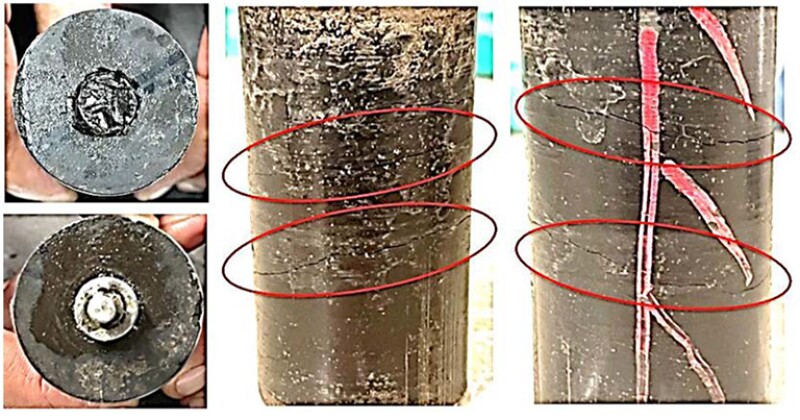Creep barriers can simplify well abandonments, particularly in high-cost offshore environments. Evaluation and qualification of creep barriers in the field, however, have proven challenging and labor-intensive when casing is perforated and annular rock material is pressure-tested to verify its sealing ability. This work seeks to eliminate the need for pressure testing by allowing the barrier to be qualified using only cased-hole log measurements.
Creep Barrier Formation and Stimulation
Plastically deforming shale and salt or evaporite formations under certain conditions can move into uncemented or poorly cemented annular spaces, filling them and contacting the casing to form an effective pressure-tight barrier. Supporting evidence overwhelmingly points toward creep as the fundamental rock-mechanical mechanism behind this type of barrier formation.


